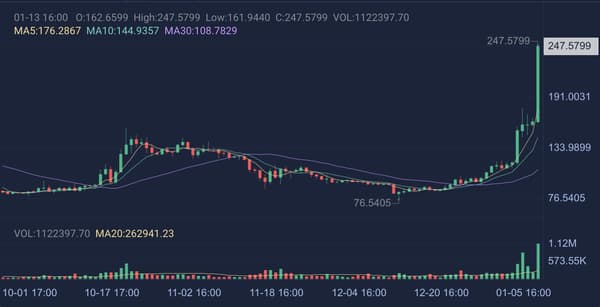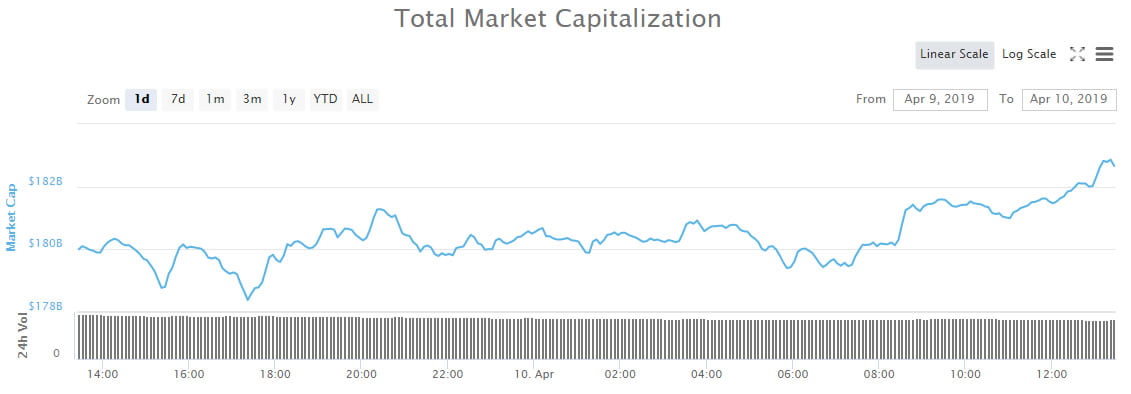2020-3-6 18:29 |
Coinspeaker
Brief Guide on Making Money with Crypto Lending
Although many cryptocurrency owners turn to trading in order to profit on their investment, this is far from the only way to make money with cryptocurrencies.
Instead, an increasing number of people are turning to safer, less technical ways to gain a positive yield from their cryptocurrency holdings, one of which is cryptocurrency lending.
The Basics of Crypto LendingIn its most basic form, cryptocurrency lending is the practice of lending digital assets to borrowers in return for an agreed interest rate.
Although this might sound like a risky process, the vast majority of lending platforms that facilitate this process have a variety of safeguards in place to ensure that you get your money back.
The first line of defense is known as collateral. In order for a borrower to receive a loan, they must first put up collateral worth more than the loan value, usually in the form of popular cryptocurrencies. Typically, platforms will enforce a maximum loan-to-value (LTC) ratio of around 60%, which means borrowers can only take a loan worth less than 60% of the collateral value they put up.
Since cryptocurrencies are notoriously volatile, and often prone to significant price fluctuations, collateral can change in value quickly, which would otherwise put the lender at risk of default. Fortunately, most exchanges implement an automatic liquidation policy to automatically pay down some of the loan if this becomes a concern.
Beyond this, cryptocurrency lending platforms can be classified into either centralized or decentralized platforms, depending on how it operates.
The vast majority of current lending platforms fall squarely into the centralized category. They are operated by a centralized intermediary that sets the rules and manages the loan matching process. Conversely, decentralized lending platforms fall into a new industry known as Decentralized Finance (DeFi), and allow users to safely fill and receive loans without requiring a centralized authority.
Choosing a PlatformAs we previously touched on, lending platforms can be broadly categorized as either centralized or decentralized. Each type comes with its own set of advantages and disadvantages, and these will likely influence where you choose to lend your money.
In general, centralized platforms allow lenders and borrowers to agree on loan terms, and the exchange of funds and management of risk is directly handled by the platform. Depending on the type of cryptocurrency deposited for lending, the interest rate can vary but is usually between 1 to 5%.
Two of the more popular centralized lending platforms include Nexo and BlockFi, both of which offer interest for a large variety of cryptocurrency deposits. However, neither platform is particularly transparent about who the borrowers are, and require that users trust a centralized entity to protect lenders against defaults.
On the other hand, decentralized platforms are rapidly gaining popularity, since they eliminate the need to trust a centralized service provider, and are often far more transparent in their operations. However, these often lack the range of investment options and flexibility offered by centralized platforms.
Despite this, Lendroid has emerged recently as arguably one of the most feature-complete decentralized lending protocols, since it allows investors to pick and choose which parts of the lending economy they wish to participate in.
For example, lenders can contribute liquidity to a designated low-risk pool known as a ‘Harbour pool’ and receive a risk-free return on their investment. Alternatively, lenders can contribute to a ‘High Water pool’, and underwrite the collateral risk of loans for a fee.
Likewise, anybody is free to deploy their own pool to define their own lending standards and accepted collateral types—something few centralized platforms offer, giving both lenders and borrowers a great deal of flexibility.
Compound, an Ethereum-based lending protocol has also rapidly gained prominence in the last year due to its novel approach to interest. Through Compound users can lend their cryptocurrencies in return for an algorithmically-set interest rate based on supply and demand, saving both lenders and borrowers the need to continually arrange loan terms.
Things to Watch Out ForIn the last two years, lending platforms have risen to mainstream usage and the industry has seen a huge number of innovations implemented.
However, though the industry is widely regarded as the safer alternative to trading it is important to recognize that there are inherent risks—many of which can be mitigated through careful platform selection and proper caution.
With that said, both lenders and borrowers need to be aware of the risk of a black swan incident—defined as any unforeseeable event that causes catastrophic damage to whatever industry or platform it affects—and ensure that they only use platforms that include adequate safeguards against even remote threats like these.
As such, it is likely that non-custodial lending platforms including the likes of Lendroid, Aave and Compound will continue to rise to prominence since these are inherently better protected against hacks, thefts and even black swan events, like the one that crippled the Ethereum DAO in 2016.
Brief Guide on Making Money with Crypto Lending
origin »Emerald Crypto (EMD) на Currencies.ru
|
|















